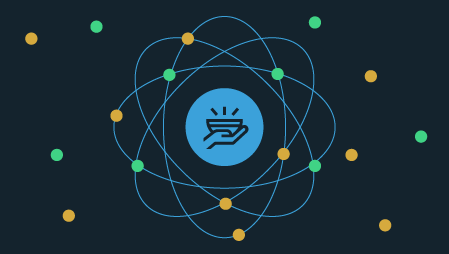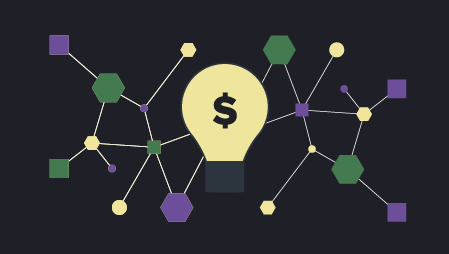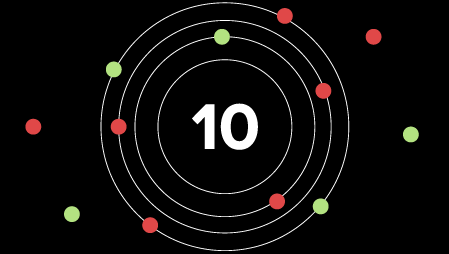Ready to learn Internet of Things? Browse courses like IIoT Applications for Machine Learning developed by industry thought leaders and Experfy in Harvard Innovation Lab.
A reporting tool provides us reports about our key business metrics including revenue, service events, average resolution time, and more.

Does it give you insights that allow you to impact those numbers?
It tells us which accounts have the most unplanned service events.
How do you use this information?
We have support contact them and see what we can do to help.
Do you know the underlying cause of the issues and events?
Yes.
So why are you calling the customer after-the-fact?
Hmm….
They’re Just Numbers, Unless You Solve a Business Problem
There is lots of excitement about analytics and machine learning. It’s moving through its hype-cycle but still faces many challenges.

Putting aside other challenges, solving real business issues is still a major shortcoming. If your reporting and analytics is counting “things” — just buy a calculator. Find a business problem to solve, and then you will see real value.
What Do You Mean A Business Problem?
If you ask a question does your analytics system give you an answer? Or does it give you more data. And you must then use that, plus other data, and your collective wisdom to arrive at an answer.
A business question should focus on the delivery of a specific outcome. “How many customers do we have” is a fine question. But does it deliver any specific outcomes? “How many customers do we have that might churn in the next month and why” is likely a more valuable question.
Prescriptive analytics takes this a step further. It tells you the most likely solution. Prescriptive analytics provides recommended actions based on prior outcomes to achieve a specific outcome. The use cases below highlight the differences between descriptive, diagnostic, and predictive analytics.
I categorize these use cases as:
- After The Fact (Lagging)
- Real-time (Leading)
They both have value. They provide different insights.
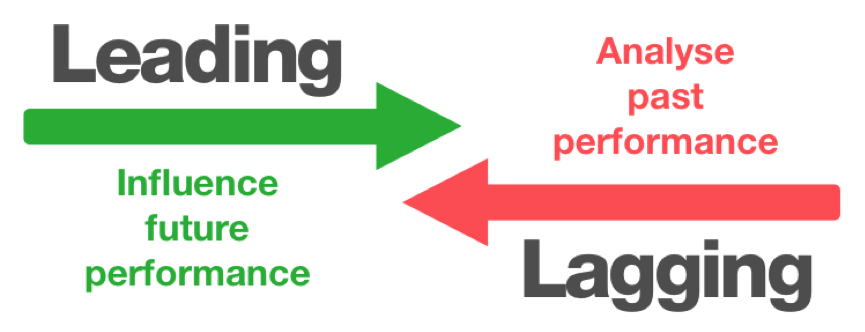
After The Fact
Analyzing past performance is critical. It helps identify trends and performance against your targets. For this example, let’s use a construction company with 100 assets.
The business question we wish to answer is: “What information do I need to increase uptime and reduce maintenance costs?” The chart shows increasing business value based on the questions answered.
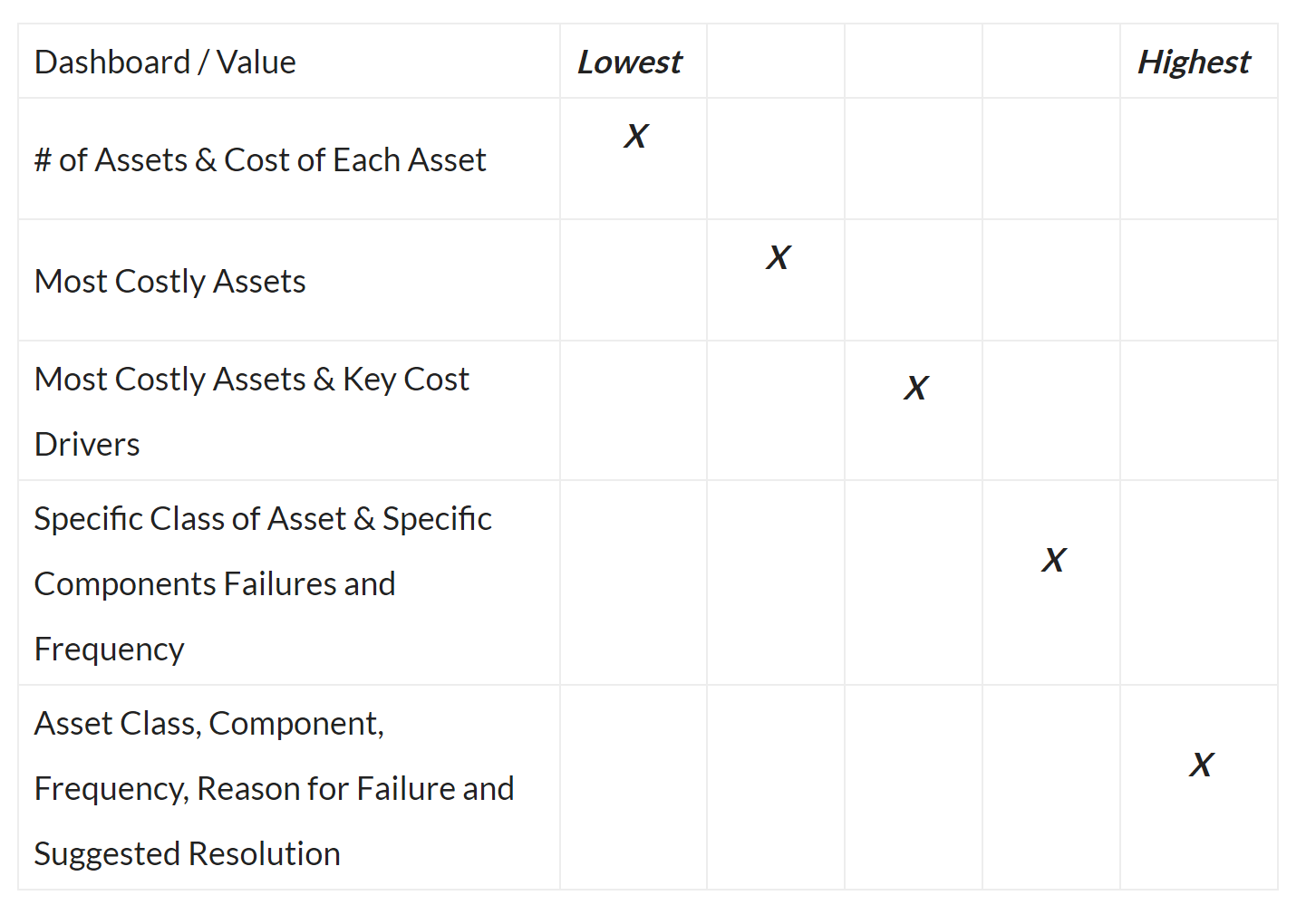
- Lower value dashboard: Shows how many assets you have and the cost for each.
- A higher value dashboard: Identifies your highest costs assets.
- An even higher value dashboard: Highlights key cost drivers for most costly assets
- An even higher value dashboard: Correlates frequency of issue by component with related asset attributes (type, make, model, year, engine, etc.).
- The highest value dashboard: #4 plus the likely cause of such failures and the most likely fix to avoid such failures (prescriptive analytics).
Real-Time
Real-Time analytics provides value at the point of activity within your current workflow or process. This enables course corrections. Changes in real-time. Rather than reporting on the failures after-the-fact.
Like above, it still needs to solve a specific business problem.
Knowing that something is about to break (or is broken) does not ensure a time or cost effective outcome. Think of this as real-time risk mitigation. You need to identify high risk behaviors. Ones that would otherwise result in poor performance.
Ask The Right Questions
Try asking yourself the following types of questions:
“I want to know when a field service rep is late to an appointment” or “”I want to know when a field rep does not finish his work on time (based on estimated time for repair).”
(Lower value question)
“I want to know if the diagnostic time takes longer than 2 hours, the estimate approval takes longer than 1 hour and the repair time takes longer than the estimated labor hours.”
(Higher value question)
“I want to know if a field service rep will be late to the next appointment based on their current status (estimated time to complete) and location (estimated travel time including traffic).”
(An even higher value question)
“I want to know if the field rep will be late (per #3) and which field rep I should dispatch instead based on status, location, skill, sets and parts availability.”
(An even higher value question)
“I want to send the rep most likely to be on time to the customer including repair instructions and augmented reality visibility to required steps and wiring diagrams.” (prescriptive application) (Highest Value Question)
Question / ValueLowestHighestField Rep is lateXRisk thresholds based on elapsed timeXRisk based on current repair status and ETAXReschedule rep based on status and ETAXRescheduled rep with repair plan and ARX

Answering Business Questions, Deliver Real Value
The improvements in analytics, AI and machine learning are amazing, but they provide you with numbers, not answers, if they don’t solve business problems.
Don’t get too excited about deploying an analytics solutions. Make sure you know what business problems you want to solve. And make sure the solution helps you solve them.

